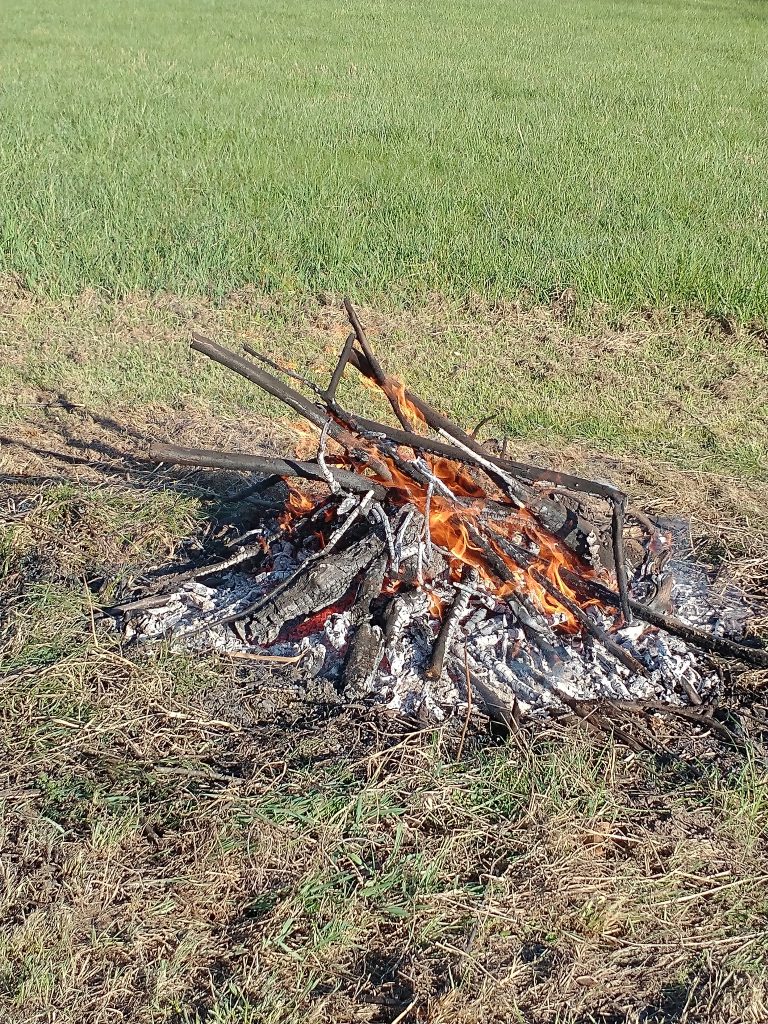We live in the zipcode of a tiny Village. On April 1, 1901, almost the entire village was destroyed, leaving only a couple residences, two churches, and a stable. Two stores, a tavern, a hotel, the drug store, and a tannery were among the buildings destroyed.
“Newport was a thriving community with many businesses. An iron foundry, located on Sinking Creek, made pig iron from ore mined near Newport. A woolen mill in Newport obtained power from a 37-foot diameter overshot water wheel. The mill was later converted into a woodworking plant, then into a blacksmith shop and then into an automobile workshop. There were several mills including the Zell Mill and the Payne Mill. The town had three distilleries, each with a bar room.” Keister, Susie Reed (1969). A History of Newport, Virginia. Virginia Leader
The village now is a handful of houses, a US Post Office, a small general store with gas pumps, and two churches. There were two professional baseball players and a nationally known songwriter that called Newport home.
The village is surrounded by National Forest and farmland that is usually a mix of pasture and wood lots. With all of the woods, when we see smoke or a scene like the one we saw last night, we alert.

This was seen when I went down to make a late evening cup of tea, to the south east of us, just over the hill at the back corner of our farm. Knowing that the neighbor back there has recently cleared areas of woods for more pastures for his cattle, I texted him to see if he was burning piles. Since there is an open burn ban until after 4 pm, he had to wait until then to start the burn. We had a few light hearted text exchanges and he let us know that there were several more big piles, so we will see more nights like this.
Almost exactly a year ago, our sons helped me pull Autumn Olive bushes in the area where the bee yard was going to be placed and we piled them in the yard away from the house and the woods. That night, the guys tried to have a bonfire that was less than successful as the bushes were green. A second attempt latter in the spring or early summer still didn’t get rid of the pile, but left a ring of trunks and branches that the grass grew through. Today, I piled it all into a teepee type pile and mowed the grass as close to the pile as possible. This afternoon, that pile was burned.

Continuously dragging in the unburned portions until the pile was reduced to cinders. The cinders were shoveled into the burn barrel and allowed to burn down until dark. It was then thoroughly doused and lidded. On another day, when more time can be spent monitoring it, more small wood will be added to the burn barrel and allow it to burn down to a layer of ash. The barrel isn’t considered open burn. That area is in the upper edge of the hayfield, so it is good that it is now gone and the hay can now grow there and not be a mowing or haying hazard. Once the burn barrel can be moved, it will be placed a bit higher on the property and used to burn pruning from the fruit trees.
